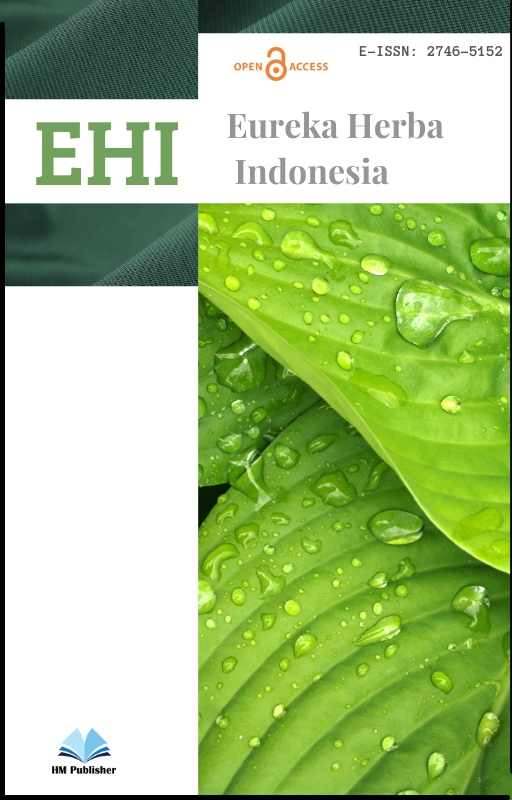Main Article Content
Abstract
Turmeric (Curcuma longa) is one of the spices that have been used traditionally in medicine and beauty in various cultures for centuries. The utilization of turmeric rhizome as a cosmetic component lotion or cream is believed to be able to enhance the efficacy of these cosmetics. This study aimed to describe the potential of turmeric rhizome extract in cosmetic preparations and lotion. The literature search process was carried out on various databases (PubMed, Web of Sciences, EMBASE, Cochrane Libraries, and Google Scholar) regarding the potential of turmeric in cosmetics. The search was performed using the terms: (1) "turmeric" OR "turmeric" OR" Curcuma longa" OR "Curcuma domestica" OR" turmeric in cosmetic" AND (2) "Curcuma longa" OR "turmeric". A powerful antioxidant and anti-inflammatory, which can help fight signs of aging on the skin. The active compounds of curcumin in turmeric are anti-inflammatory, antimicrobial, and powerful antioxidants. The combination of these properties makes it an attractive choice for use in cosmetics a cream specifically designed for wound healing on the skin. Studies have shown that curcumin in turmeric can reduce sebum production by the sebaceous glands, reducing the likelihood of acne formation. In conclusion, turmeric rhizome extract has the potential to antiaging, wound healing, and anti-acne in cosmetics in the form of cream or lotion.
Keywords
Article Details
1. Authors retain copyright and grant the journal right of first publication with the work simultaneously licensed under a Creative Commons Attribution License that allows others to share the work with an acknowledgement of the work's authorship and initial publication in this journal.
2. Authors are able to enter into separate, additional contractual arrangements for the non-exclusive distribution of the journal's published version of the work (e.g., post it to an institutional repository or publish it in a book), with an acknowledgement of its initial publication in this journal.
3. Authors are permitted and encouraged to post their work online (e.g., in institutional repositories or on their website) prior to and during the submission process, as it can lead to productive exchanges, as well as earlier and greater citation of published work.





